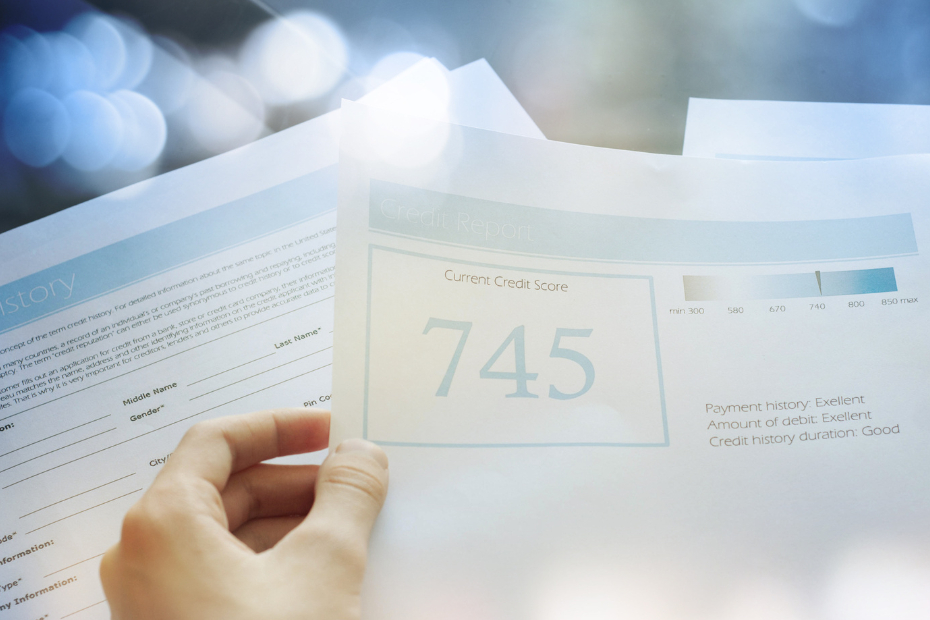Creating a Debt Repayment Plan: 5 Steps to Take Control of Your Finances

Published July 10, 2023 • 4 Min Read
Managing debt can be an overwhelming task for anyone. Whether it’s credit card balances, student loans, or other financial obligations, debt is a major source of stress for many Canadians. Finding a path toward repaying your debts can help you regain control and ease some of the pressure from your financial situation. As any great teacher might tell you, the best way to conquer a big task is to break it into smaller ones.
Here are five steps you can take to create your debt repayment plan.
Step 1: Organize
A great way to start is by making a clear accounting of your balances. Gather or list all your bills, statements and balances. Ensure you know the total amount you have, the amount you owe, the interest rates, and the minimum monthly payments. A straightforward overview of your financial picture is how to make the most efficient, effective plan to resolve it.
What is interest?
The interest rate is one of the most important factors to consider at this step. Interest is the fee you pay your lender to borrow money from them. In most cases, interest charges will get included in your weekly or monthly fee on top of the loan until it has been repaid.
If your loan has been unpaid for a long amount of time, your interest rate may increase — leaving you saddled with a much larger debt than what you initially signed up for. That means you might want to prioritize paying off debts with the highest interest rates when creating your debt repayment plan.
Step 2: Set your budget
Once you know the amount you need to accumulate to erase your debt, it’s time to set your budget. Sacrifices may be necessary at this step. Take a look at your monthly income and monthly expenses, and determine how much you can allocate towards debt repayment.
Step 3: Reduce expenses when possible
Now that you’ve broken down expenses into needs, wants, and debt repayments, you can dive deeper into each category to find ways to cut down.
It’s not surprising that your wants should be the first to consider. For example, if you haven’t reviewed your monthly subscriptions in a while, you might find one or two you’re still for that you no longer use. You may also plan to cook at home more often, explore free or low-cost entertainment options and be mindful of impulsive purchases to assist in your debt repayment plan.
Most of your expenses probably go towards your “needs” category, so reducing expenses there can also go a long way toward reaching your financial goals.
Shopping at a different grocery store or choosing cheaper food brands could save money. Opting for public transit or carpooling whenever possible can help reduce fuel costs. Housing expenses, which may eat an overwhelming amount of your take-home pay, might be reduced by moving to a cheaper location or getting a roommate, if possible.
Step 4: Consider a debt consolidation loan
Debt consolidation means that all of your debts, whether auto loans, credit card purchases, or other payments, are rolled into one single loan or monthly payment. When your debts are consolidated, you can take a single loan towards that total sum.
This is a great way to simplify and even lower your total payments. If the interest rate on your single debt consolidation loan may be lower than the combined interest rates of your multiple debts.
It’s important to shop around for the lowest rates and best terms for a debt consolidation loan. For example, depending on how you consolidate your loans, your total interest payments might also increase over time if you opt for lower monthly payments and a longer loan term. This may cost you more in the long run.
Step 5: Get ready to stick to the plan!
Before you start your debt repayment journey, make sure you’re ready to commit to the plan you’ve set for yourself. Lifestyle changes and financial sacrifices may be necessary to conquer your debt. It may be helpful to have a support system in place — sharing your budgeting goals and challenges with someone you trust — like a friend, family member, or financial mentor, can help provide accountability and support as you get started on your plan.
Identifying your personal triggers for spending and developing strategies to avoid or cope with them appropriately is a good idea as well. And don’t forget to celebrate when you hit your milestones! Recognizing your progress can help motivate you to continue making positive financial choices.
It comes down to your personal situation and preferences. RBC’s Debt Consolidation Calculator is a great tool to show you the potential cost savings of consolidating some or all of your debts into a new loan.
This article is intended as general information only and is not to be relied upon as constituting legal, financial or other professional advice. A professional advisor should be consulted regarding your specific situation. Information presented is believed to be factual and up-to-date but we do not guarantee its accuracy and it should not be regarded as a complete analysis of the subjects discussed. All expressions of opinion reflect the judgment of the authors as of the date of publication and are subject to change. No endorsement of any third parties or their advice, opinions, information, products or services is expressly given or implied by Royal Bank of Canada or any of its affiliates.
Share This Article





